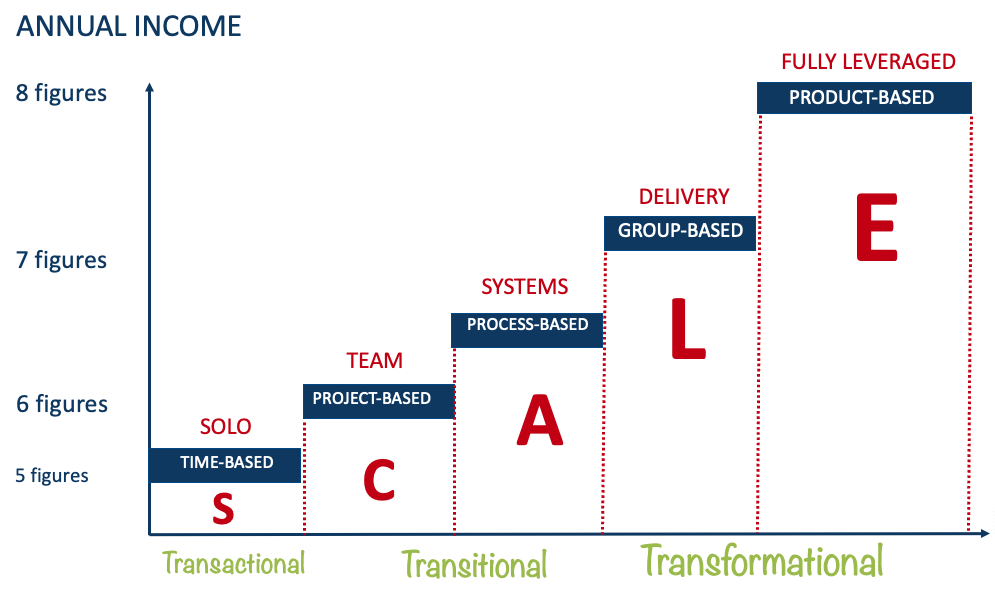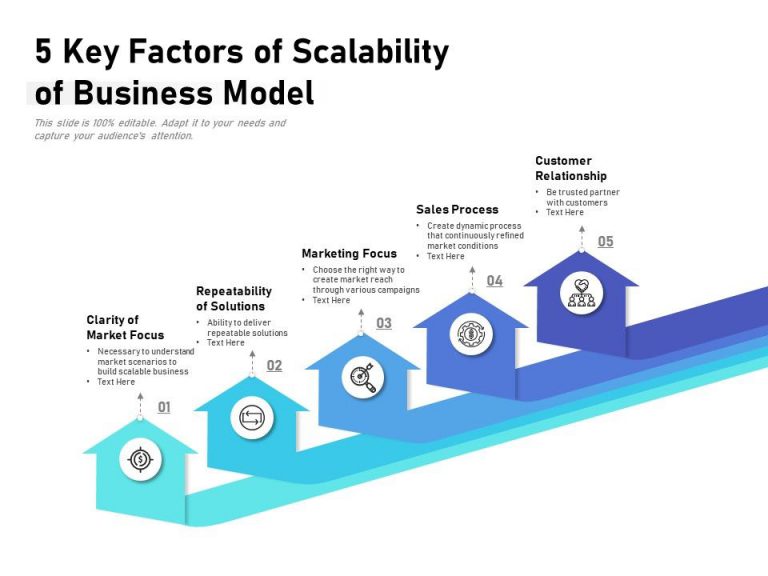Building a Scalable Business Model for Global Growth: A Step-by-Step Guide

As a business owner, achieving global growth is often the ultimate goal. It can be intimidating to scale your business across borders, but with a well-structured strategy, you can increase your chances of success. In this article, we’ll provide you with a step-by-step guide on how to build a scalable business model for global growth.
Understanding Scalability
Before diving into the nitty-gritty of building a scalable business model, let’s start with the basics. Scalability refers to the ability of a business to increase its revenue and output without proportionally increasing costs. It’s about creating a system that can efficiently handle increased demand without compromising on quality or performance.
According to a study by Deloitte, scalable businesses are 5 times more likely to achieve global success than non-scalable ones (Deloitte, 2019). With this in mind, let’s explore the key components of a scalable business model.
Identifying Your Unique Value Proposition (UVP)
Your Unique Value Proposition (UVP) is the secret sauce that sets your business apart from the competition. It’s the reason why customers choose your product or service over others. To create a UVP, you need to identify your business’s strengths and weaknesses, as well as the needs and pain points of your target market.
Step 1: Conduct Market Research
To create a compelling UVP, you need to understand your target market’s needs, preferences, and pain points. Conduct market research through surveys, focus groups, and online reviews to gather valuable insights. This will help you identify areas where your business can differentiate itself.
Step 2: Analyze Your Competitors
Research your competitors to identify their UVPs, strengths, and weaknesses. This will give you a clear understanding of the market landscape and help you differentiate your business.
Step 3: Develop a Unique Messaging Framework
Create a messaging framework that clearly communicates your UVP to potential customers. This should be concise, clear, and compelling. According to Adobe’s 2020 State of Digital Experience report, 72% of customers prefer brands that deliver consistent and personalized experiences (Adobe, 2020).
Step 4: Define Your Business Model Canvas
The Business Model Canvas (BMC) is a strategic management tool that helps you visualize your business model. It consists of 9 building blocks that provide a clear understanding of your business’s value proposition, infrastructure, customer relationships, and revenue streams.
The 9 Building Blocks of the Business Model Canvas
- Value Proposition: What unique value do you offer to customers?
- Customer Segments: Who are your target customers?
- Channels: How do you deliver your value proposition to customers?
- Customer Relationships: What kind of relationships do you have with customers?
- Revenue Streams: How do you generate revenue?
- Key Activities: What activities are essential to deliver your value proposition?
- Key Resources: What resources are required to deliver your value proposition?
- Key Partners: What partnerships are essential to deliver your value proposition?
- Cost Structure: What costs are associated with delivering your value proposition?

Step 5: Develop a Scalable Infrastructure
As your business grows, your infrastructure needs to scale with it. This includes technology, supply chains, and logistics. To create a scalable infrastructure, you should:
- Invest in cloud-based technology to improve efficiency and scalability.
- Develop a flexible supply chain that can adapt to changing demand.
- Automate processes to reduce manual labor and improve productivity.
Step 6: Build a Strong Team
Your team is the backbone of your business. As you scale, you’ll need to attract, retain, and develop talent to support your growth. To build a strong team:
- Create a clear company culture that aligns with your values and mission.
- Invest in employee training and development to improve skills and performance.
- Foster a collaborative and innovative work environment.
Step 7: Diversify Your Revenue Streams
Diversifying your revenue streams reduces dependence on a single source of income. This can include:
- Selling multiple products or services.
- Offering subscription-based models.
- Licensing or franchising your products or services.
Measuring and Optimizing Your Scalable Business Model
Once you’ve built your scalable business model, it’s essential to measure and optimize it regularly. This includes:
- Monitoring key performance indicators (KPIs) such as revenue, customer acquisition costs, and customer retention rates.
- Conducting regular market research to stay ahead of industry trends.
- Adjusting your business model canvas to reflect changes in the market or customer needs.
Conclusion
Building a scalable business model for global growth requires careful planning, execution, and continuous optimization. By identifying your unique value proposition, developing a business model canvas, and creating a scalable infrastructure, you can position your business for success in the global market.
Share Your Thoughts!
What steps are you taking to build a scalable business model for global growth? Share your experiences and insights in the comments below!
References:
Adobe. (2020). 2020 State of Digital Experience. Retrieved from https://www.adobe.com/content/dam/acom/en/products/marketing/adobe-digital-experience/2020-state-of-digital-experience-report.pdf
Deloitte. (2019). State of the Consumer Market Report. Retrieved from https://www2.deloitte.com/us/en/pages/deloitte-insight/articles/consumer-market-trends.html

